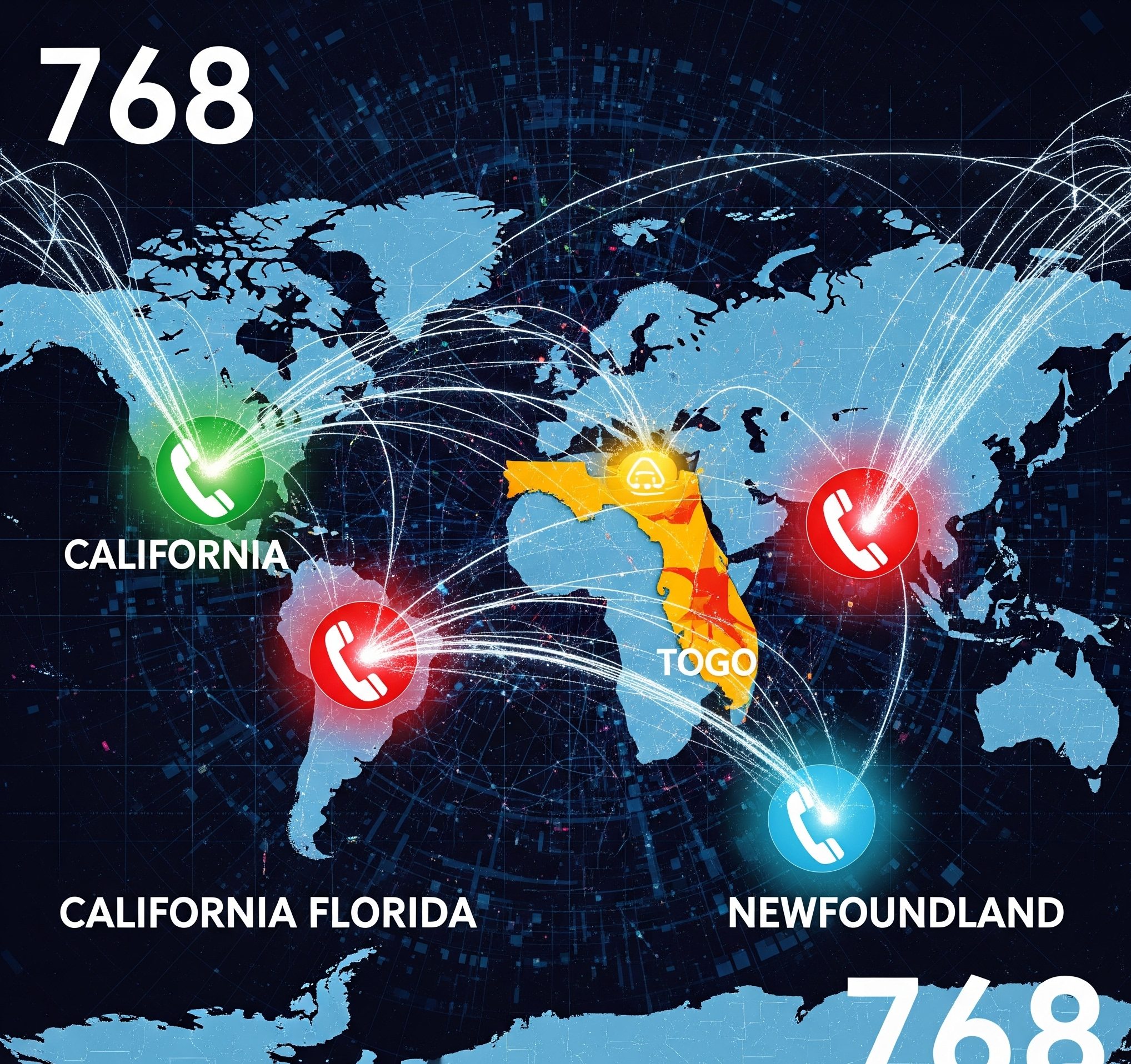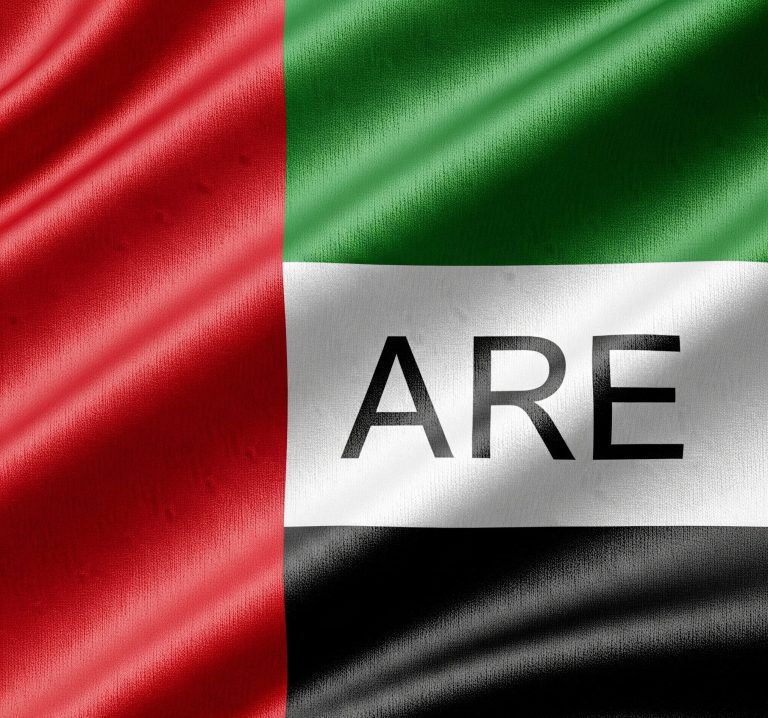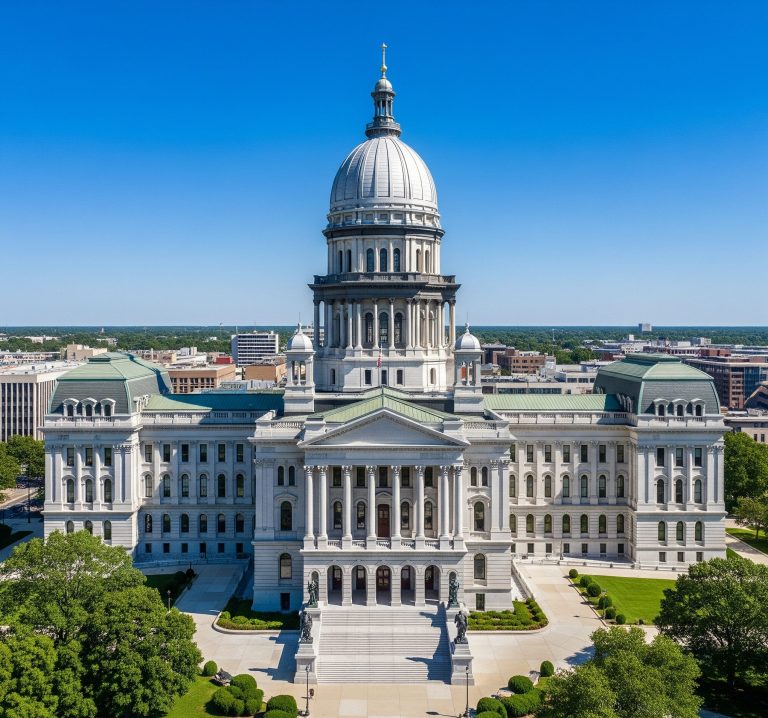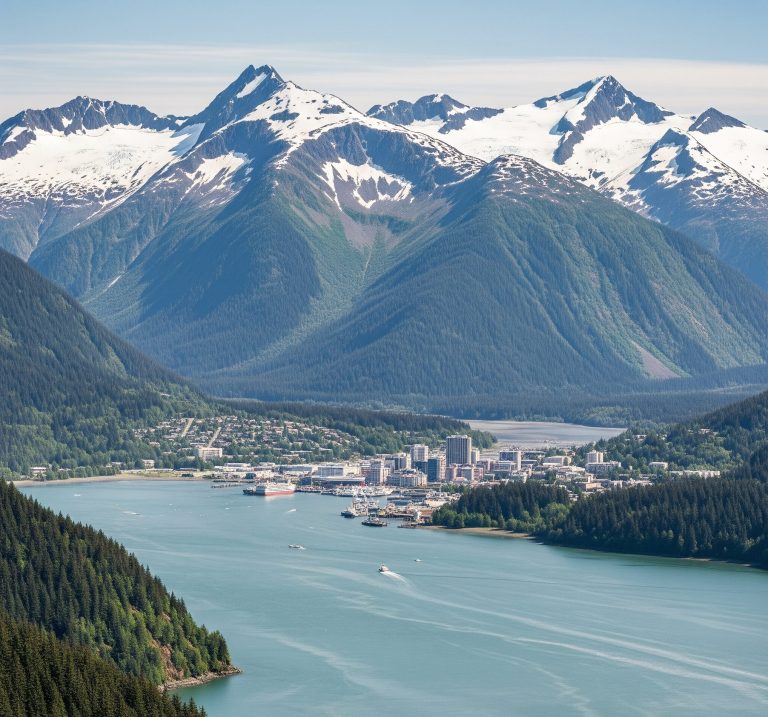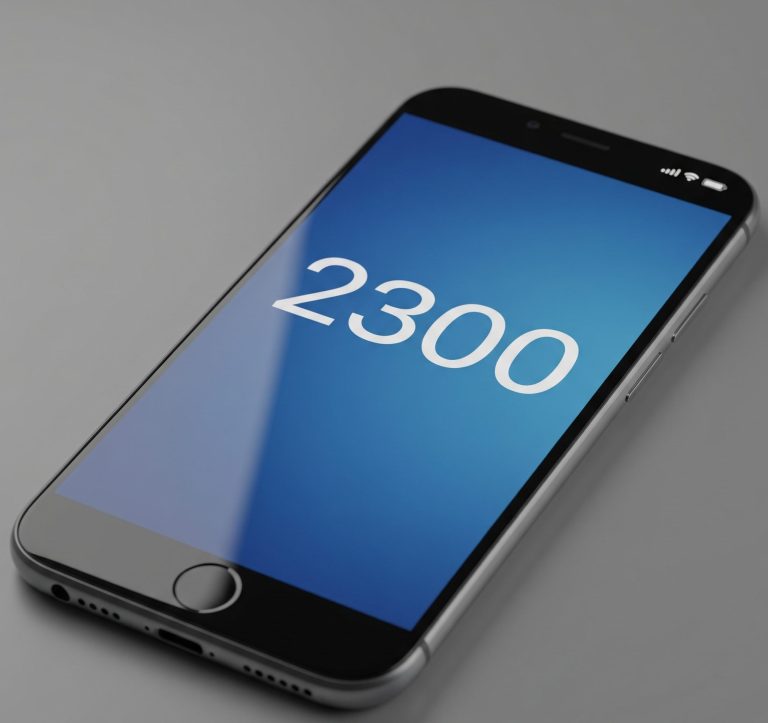Have you ever received a call from an unfamiliar area code and wondered where it was from? In the United States, our telephone system is organized by a vast network of three-digit area codes, each tied to a specific geographic region. But what about the 768 area code? If you’ve been searching for its location, you’ve likely come up empty-handed. That’s because the 768 area code is currently unassigned and not in use in the North American Numbering Plan (NANP).
This article will delve into the status of the 768 area code, explain why it remains in reserve, and explore the fascinating system that governs our nation’s telephone numbers.
Contents
An Unassigned Number in the National System
Contrary to some online speculation, the 768 area code has not been officially designated to any city or state within the United States. The North American Numbering Plan Administrator (NANPA), the body responsible for managing telephone numbering resources, lists the 768 area code as “available for geographic assignment.” This means that while it is a valid area code within the structure of the NANP, it has not yet been put into service.
So, if you receive a call that appears to be from the 768 area code, it’s likely a case of “caller ID spoofing.” This is a technology that allows callers to disguise their real phone number and display a different one on the recipient’s caller ID. Scammers and telemarketers often use this tactic to appear more legitimate or to trick people into answering their calls.
How Area Codes Are Born: A System of Growth and Demand
The process of assigning a new area code is a carefully managed one, driven by the increasing demand for telephone numbers. Here’s a look at how and why new area codes are created:
The Need for More Numbers
The primary reason for introducing a new area code is “number exhaustion.” This occurs when nearly all of the possible seven-digit phone number combinations within an existing area code have been assigned. With the proliferation of cell phones, VoIP services, and other devices that require a phone number, the demand for new numbers has skyrocketed.
The Role of NANPA
When a region is projected to run out of phone numbers, the local public utilities commission will work with NANPA to implement a new area code. NANPA is responsible for ensuring that the process is orderly and that the new area code is integrated smoothly into the national telephone network.
Implementation Methods: Splits and Overlays
Historically, new area codes were often introduced through a “split.” This involved dividing an existing area code’s geographic territory into two, with one part retaining the old code and the other receiving a new one.
More recently, the “overlay” method has become more common. In an overlay, a new area code is assigned to the same geographic area as an existing one. This means that two different area codes can serve the same city or region. A key consequence of an overlay is the necessity of ten-digit dialing for all local calls.
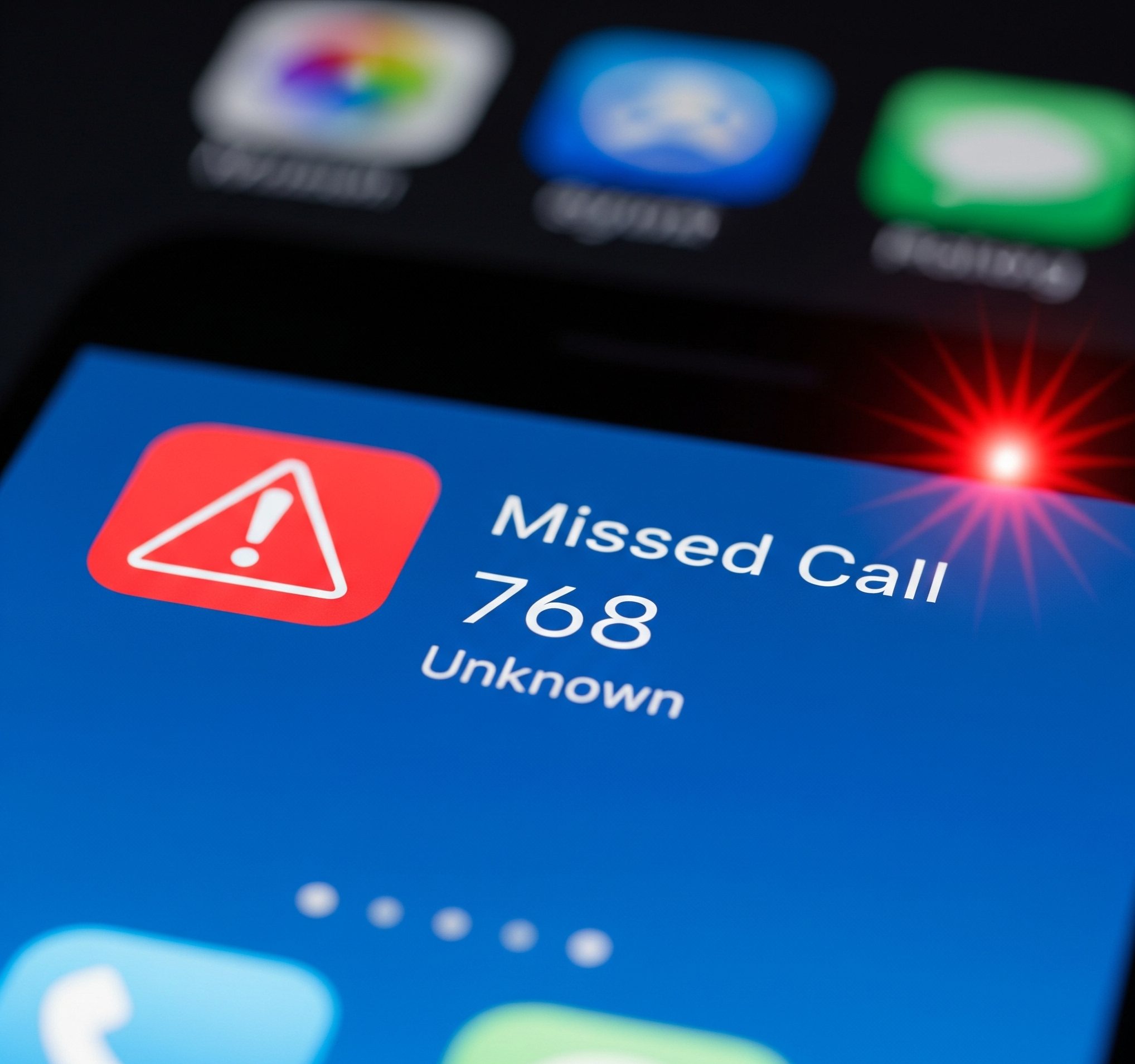
The Future of the 768 Area Code
While the 768 area code is currently on the sidelines, it’s only a matter of time before it’s called into action. As existing area codes across the country continue to reach their capacity, NANPA will need to draw from its pool of unassigned codes to meet the demand.
When the time comes, a state’s public utilities commission will petition NANPA for a new area code. After a period of public comment and planning, the 768 area code could be assigned to a rapidly growing metropolitan area or as an overlay for a region that has exhausted its current numbering resources.
conclusion
For now, the 768 area code remains a placeholder, a testament to the ever-expanding and dynamic nature of our nation’s telecommunications infrastructure. The next time you see a new area code pop up in your state, you’ll have a better understanding of the intricate system that keeps us all connected.

